Types of Raised Access Flooring
Introduction
Raised access flooring, also known as raised floors or access floors, is a system of floor panels supported by pedestals to create an elevated floor space. These floors consist of modular panels that can be easily lifted and relocated, providing flexible access to the underlying services. Let’s explore the different types of raised access flooring available today.
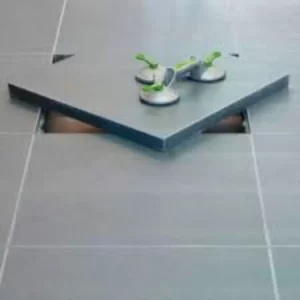
Traditional Raised Access Flooring
Traditional raised access flooring systems utilize steel or aluminum panels supported by adjustable pedestals. These panels are typically filled with concrete, providing excellent structural integrity and load-bearing capacity. Traditional systems are known for their durability and longevity, making them suitable for high-traffic areas such as data centers and server rooms.
Low-profile Raised Access Flooring

Low-profile raised access flooring systems are designed to provide a sleek and minimalistic solution. These systems feature thinner panels and lower pedestals compared to traditional systems. They are commonly used in office spaces and commercial buildings where a lower floor height is desired.
Stringerless Raised Access Flooring
Stringerless raised access flooring eliminates the need for traditional stringers, resulting in a more cost-effective and lightweight system. The panels are directly supported by pedestals, offering enhanced flexibility for cable management and easy reconfiguration. Stringerless systems are ideal for spaces with frequent layout changes, such as call centers or open-plan offices.
Airflow Raised Access Flooring
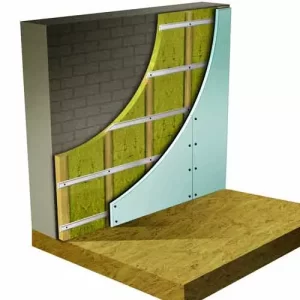
The primary purpose of airflow raised access flooring systems is to enhance air circulation in controlled environments. These systems feature specially designed perforated panels that allow conditioned air to flow through the floor void, creating a comfortable and energy-efficient space. Airflow systems are commonly used in data centers, server rooms, and other facilities requiring precise temperature control.
Underfloor Air Distribution (UFAD) Raised Access Flooring
Underfloor Air Distribution (UFAD) systems combine raised access flooring with HVAC (Heating, Ventilation, and Air Conditioning) technology. The floor void acts as a plenum for delivering conditioned air to occupied spaces. UFAD systems offer enhanced comfort, energy efficiency, and flexibility in commercial buildings, providing individual control over airflow for improved occupant satisfaction.
Gridded Access Flooring
Gridded access flooring systems feature a grid-like pattern of panels supported by pedestals. This type of raised flooring provides excellent flexibility for cable management and allows for easy reconfiguration of services. Gridded access flooring is commonly used in data centers, computer rooms, and command centers.
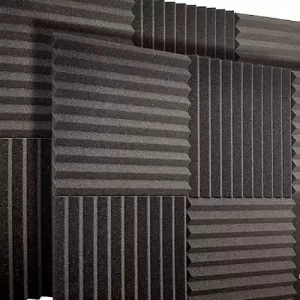
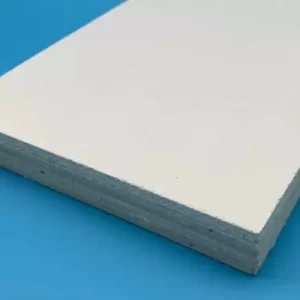
Cementitious Filled Panels
Cementitious filled panels are made of a combination of cement, mineral fibers, and other additives. These panels offer excellent fire resistance, acoustic performance, and durability. Cementitious filled panels are commonly used in areas with specific fire and acoustic requirements, such as theaters, concert halls, and public buildings.


Woodcore Panels
Woodcore panels consist of a high-density particleboard core encased in a steel or aluminum shell. These panels provide enhanced acoustic performance and are suitable for spaces that require sound insulation, such as recording studios or conference rooms.


Steel Panels
Steel panels are known for their exceptional load-bearing capacity and durability. They are commonly used in heavy-duty applications, such as industrial facilities, manufacturing plants, and warehouses. Steel panels provide a robust solution for areas with high foot traffic and heavy equipment.


Aluminum Panels
Aluminum panels offer a lightweight alternative to steel panels while maintaining strength and durability. They are often chosen for their corrosion resistance and aesthetic appeal. Aluminum panels find applications in commercial buildings, retail spaces, and museums.


Glass Panels
Glass panels add a touch of elegance and transparency to raised access flooring systems. These panels are made of tempered glass and are available in various finishes and patterns. Glass panels are popular in modern office spaces, retail showrooms, and high-end architectural designs.


Applications of Raised Access Flooring
Raised access flooring is widely used in various industries and settings. Some common applications include:
- Data centers and server rooms
- Control rooms and command centers
- Office buildings and commercial spaces
- Retail stores and showrooms
- Educational institutions and libraries
- Healthcare facilities and laboratories
- Airports and transportation hubs


Benefits of Raised Access Flooring
The utilization of raised access flooring offers several benefits, including:
- Flexibility: Raised floors allow easy access to services, enabling quick modifications and upgrades without disrupting the entire space.
- Cable Management: The floor void provides ample space for routing cables and wires, ensuring a neat and organized setup.
- Adaptability: Different types of access flooring cater to specific requirements, such as fire resistance, acoustic performance, and HVAC integration.
- Improved Airflow: Airflow and UFAD systems enhance indoor air quality, energy efficiency, and occupant comfort.
- Future-proofing: Raised access flooring accommodates technological advancements and evolving infrastructure needs, ensuring long-term viability.


Conclusion – Types of Raised Access Flooring
Raised access flooring provides a versatile solution for modern commercial and industrial spaces. The different types of access flooring systems discussed in this article offer unique features and benefits to meet specific requirements. From traditional steel panels to low-profile designs and airflow systems, there is a raised access flooring option suitable for every application. By utilizing raised access flooring, businesses can optimize their infrastructure, enhance productivity, and adapt to changing needs.
Frequently Asked Question- Types of Raised Access Flooring
- Can raised access flooring be installed in existing buildings?
Answer: Yes, raised access flooring can be retrofitted in existing buildings, providing opportunities for upgrades and renovations. - Are raised access flooring systems customizable?
Answer: Yes, raised access flooring systems can be customized to meet specific design, functionality, and aesthetic requirements. - Can raised access flooring contribute to energy savings?
Answer: Yes, raised access flooring, especially those with airflow and UFAD systems, can contribute to energy savings by optimizing HVAC performance. - What is the typical lifespan of raised access flooring?
Answer: With proper maintenance, raised access flooring can have a lifespan of 25 years or more, depending on the type and usage. - Are there any maintenance requirements for raised access flooring?
Answer: Regular cleaning and inspection of the floor panels and pedestals are recommended to ensure optimal performance and longevity.
Other Products
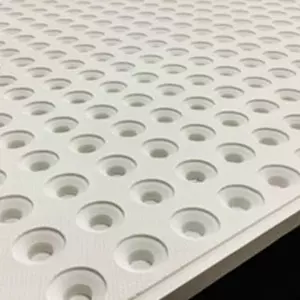
Grg ceiling tiles
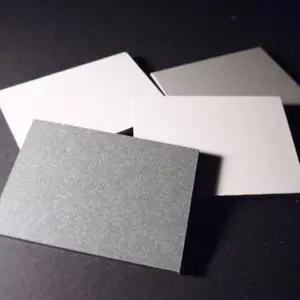
Magnesium oxide board
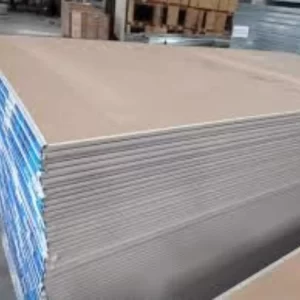
Gypsum boards
Contact Us
Mobile: +919008400701 / 705
Email: sales@jayswalgroup.com
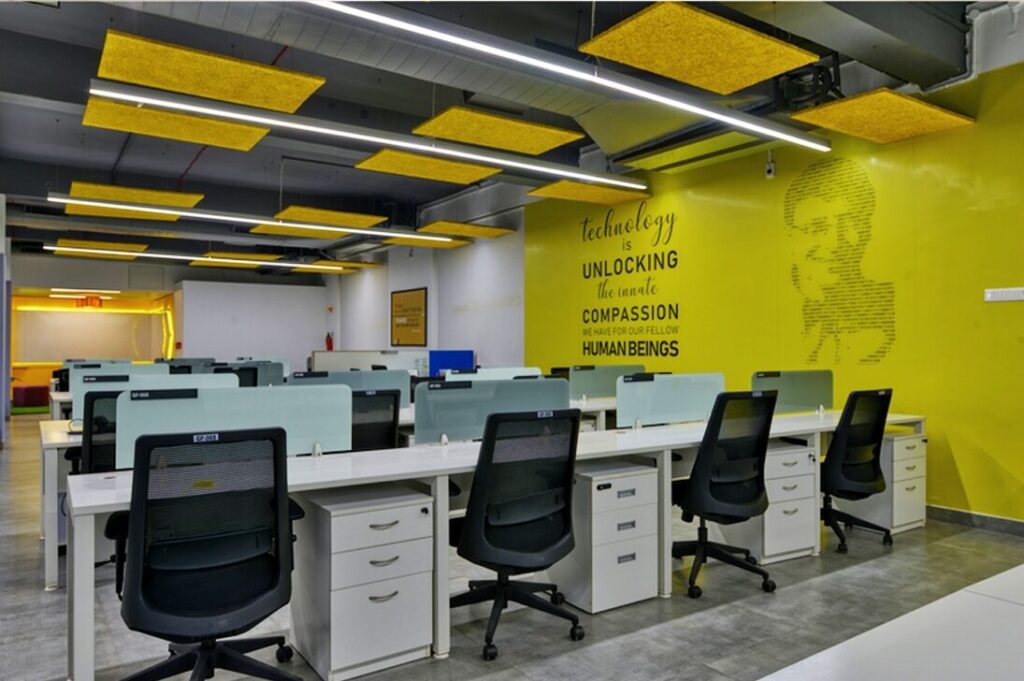
Visit Us
Address:
#6, 10th B Cross, Jayswal Center, KHB Main Road, Kaveri Nagar, Kanakanagar, RT Nagar, Bangalore – 560032, Karnataka, India.
Other Websites: